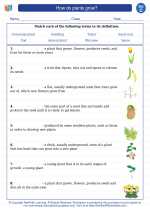Generators
A generator is a device that converts mechanical energy into electrical energy. It operates on the principle of electromagnetic induction, discovered by Michael Faraday in 1831. Generators are essential in producing electricity for various applications, including powering homes, businesses, and industries.
How Generators Work
Generators consist of a rotor (the moving part) and a stator (the stationary part). When the rotor is turned, it induces a flow of electrons in the wire coils of the stator, creating an electric current. This current is then transferred through wires to power electrical devices.
Types of Generators
- Portable Generators: These are small, versatile generators used for temporary power supply during emergencies or outdoor activities.
- Standby Generators: These generators are permanently installed and automatically provide power during outages. They are commonly used in homes, hospitals, and data centers.
- Industrial Generators: Designed for heavy-duty use, these generators are used in large-scale operations such as construction sites, mining, and manufacturing plants.
Study Guide
- What is the principle behind the functioning of generators?
- Explain the components of a generator and their roles.
- Discuss the applications of different types of generators.
- Describe the process of electromagnetic induction and its significance in generators.
- Compare and contrast portable, standby, and industrial generators in terms of their uses and features.
Understanding generators is crucial in comprehending the generation and distribution of electrical power. It is an important topic in the field of science and engineering, with practical implications for everyday life.
.◂Science Worksheets and Study Guides Third Grade. How do plants grow?

 Activity Lesson
Activity Lesson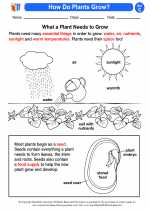
 Worksheet/Answer key
Worksheet/Answer key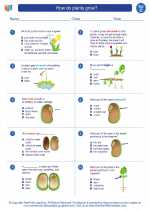
 Worksheet/Answer key
Worksheet/Answer key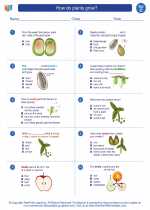
 Worksheet/Answer key
Worksheet/Answer key
 Worksheet/Answer key
Worksheet/Answer key
 Vocabulary/Answer key
Vocabulary/Answer key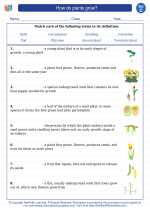
 Vocabulary/Answer key
Vocabulary/Answer key